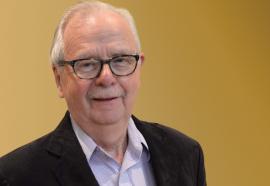Is Good Utility Regulation in Jeopardy?
Balance and Adaptability are Critical
The three mortal sins of utility regulation are ideology, ignorance and inertia (the three I's). Acting on political beliefs, inadequate information, and past conditions that no longer exist is a recipe for poor regulation.











